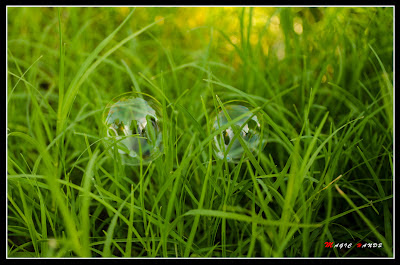This week end my fotogs met in the public garden to do some experiments
i was so happy to get a chance to try my normal extension tubes with the 50 mm prime lens. the day was great we did lots of experiments. but i like the shots i shoot with my 50 mm with the extension tubes. check the images i got water droplets on the carpet grass... my macro works well...:P
 |
| Hand held shot 3 rings extn tubes together all manual settings with out flash @ day light |
 |
| soap bubble experiment had tried lots coz when ever the bubble reaches ground its blasting.... |
 |
| so.. we are in the reflection. |
 |
| its the carpet lawn... |
 |
| if someone wants the fully automated one, then they can go for Kenko extension tubes . one of the third party tubes the professionals like it will cost around 80-100 $ |
 |
| water drops like dews... |
 | ||
| the extension tubes are cost less than 10$.. from amazon and e-bay. but it will work all manual settings only. |
The idea is this
actually it is not not making any ratio increse as the real macro lenses do. it just change the minimum close focus distance. for eg. the 50 mm prime minimum close focus is 30 cm?.. and add the extension tubes will change till 1 cm? :P :P or touching with the subject..
 |
| a macro tryout with the 3 tubes 50 mm 1.8, nikon D7000, tripod, shutter release, sb600 flash |
The main problem is using extension tubes other than a macro lens, we should more patience and stable hand to shoot.
tripod & shutter release are preferable for most of the shots.
loads loads loads of patients needed to shoot because we need to move front and back to get proper focus.
aperture value will be zero.
 |
| a bee shoot |
so dont think about aperture. always work with manual mode only. and better not to go with auto extension tubes. it gives me im proper focusing (i tried with my friends kenko automatic tubes with canon 50mm.)
but for the cost we paying for this- its worth it.
 |
| one nature shoot from my last vacation to india |
 |
| red Ant |
 |
| bush seed 6mm size |
 |
| Dragon fly head 3 tubes combo |
at the end- the experiance is great, worth it for the money- need more patience and loads of clicks to get good one. - at the end macro lens is macro lens.... if u really interested in macro, and you are a canon user- go for MPE 65 macro lens.. have a great macro shooting... cheers...








